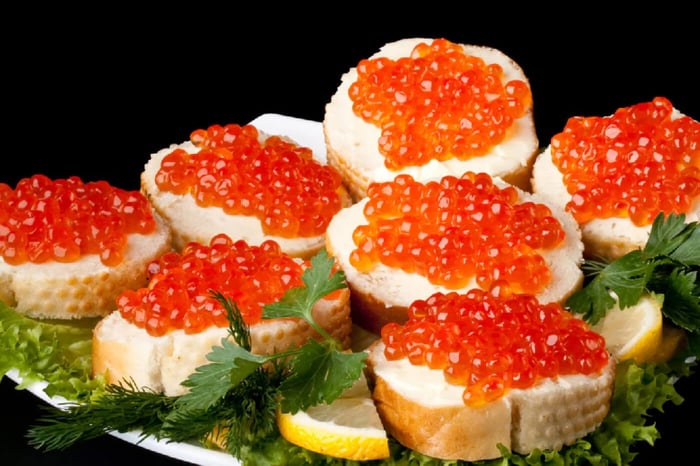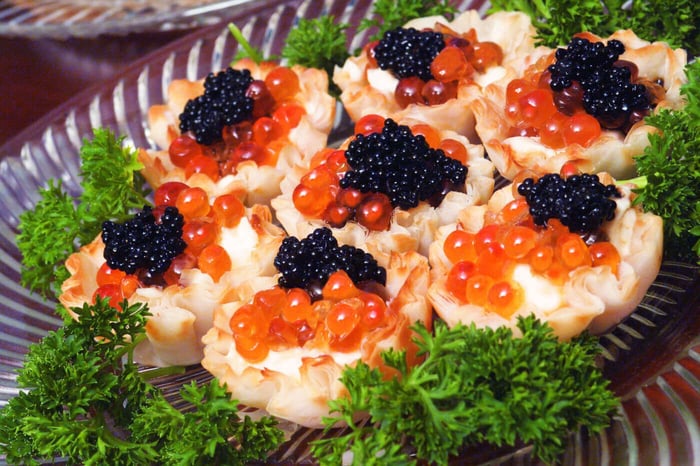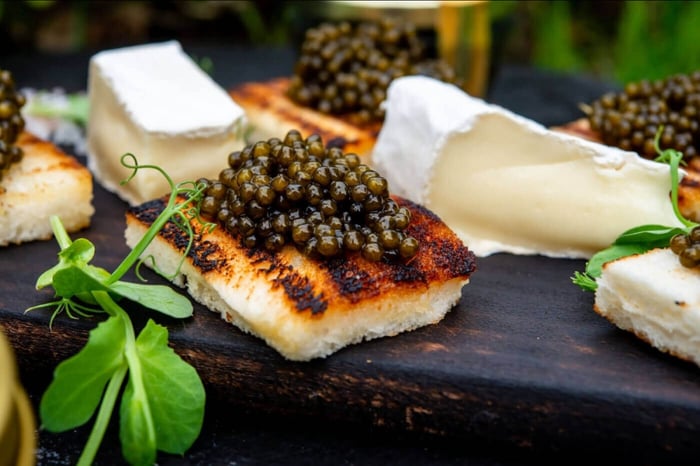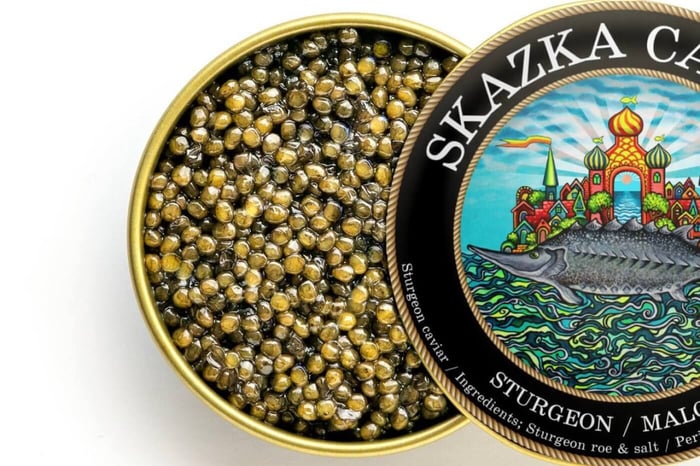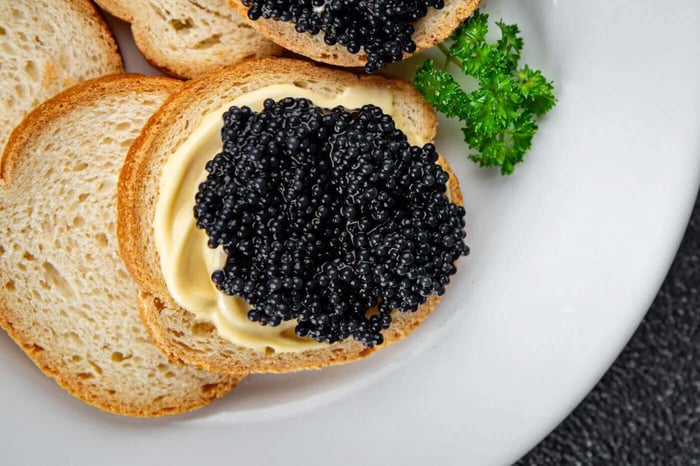 Caviar, the salted roe of sturgeon fish, has long been synonymous with luxury and opulence. This delicacy, often associated with aristocratic banquets and high-end gatherings, has a fascinating history that intertwines cultural traditions, scarcity, and exclusivity. In this article, we explore the origins of caviar, its journey to becoming a status symbol, and why it continues to command such reverence today.
Caviar, the salted roe of sturgeon fish, has long been synonymous with luxury and opulence. This delicacy, often associated with aristocratic banquets and high-end gatherings, has a fascinating history that intertwines cultural traditions, scarcity, and exclusivity. In this article, we explore the origins of caviar, its journey to becoming a status symbol, and why it continues to command such reverence today.
The Ancient Origins of Caviar
Caviar’s association with prestige dates back thousands of years. Ancient Persian civilizations are believed to be the first to consume sturgeon roe, attributing medicinal and energizing properties to it. Persian fishermen harvested the eggs from the Caspian Sea, laying the foundation for the delicacy’s prominence. The Greeks and Romans later adopted the practice, incorporating caviar into their culinary traditions and linking it to wealth and celebration. Its rarity in these early days already established it as a luxury item reserved for the elite.
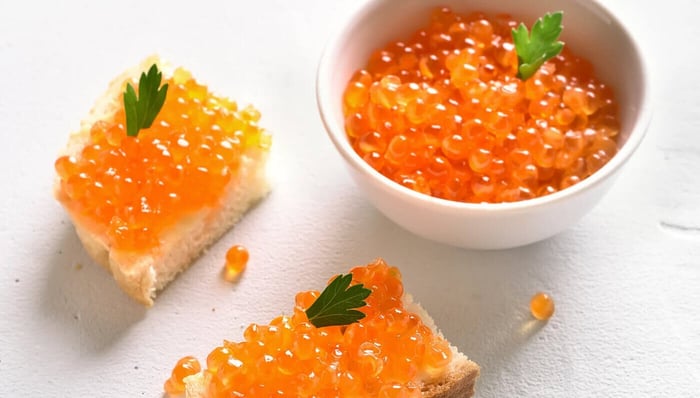
Read: Caviar in French Cuisine: A Legacy of Luxury
The Rise of Caviar in European Royal Courts
During the Middle Ages and Renaissance periods, caviar gained prominence in European royal courts. Russian czars in particular became known for their affinity for sturgeon roe, leading to its recognition as a delicacy throughout Europe. Russian nobility popularized the practice of serving caviar at grand banquets, and its reputation spread rapidly among aristocratic circles. Kings and queens, especially in France, considered caviar a symbol of sophistication and an essential part of lavish feasts. By the 18th century, the prestige associated with caviar had firmly taken root in European society.
Scarcity: A Key Driver of Exclusivity
Caviar’s status as a luxury item is largely due to its scarcity. Sturgeon, the source of authentic caviar, are slow-growing fish that take many years to mature and reproduce. Overfishing and habitat destruction have further limited their populations, making the production of caviar an expensive and time-intensive process. Historically, the difficulty of obtaining sturgeon roe meant that only the wealthiest individuals could afford it. Even today, strict regulations and conservation efforts have kept authentic caviar in limited supply, enhancing its allure as a rare and coveted delicacy.
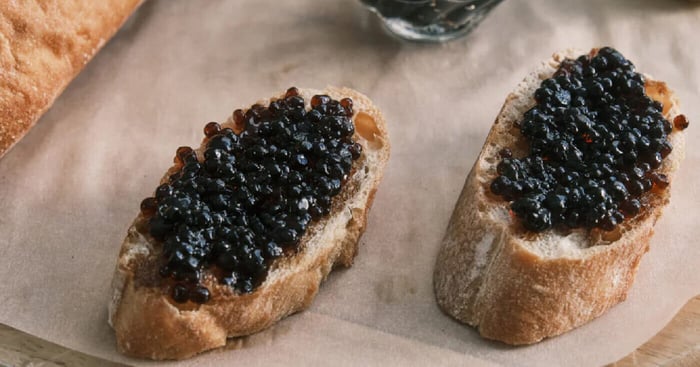
Read: The Science of Caviar Flavor: What Influences Taste?
Caviar as a Status Symbol in Modern Times
In the 20th century, caviar became a centerpiece of social gatherings for the wealthy elite. The post-World War II economic boom saw the rise of luxury goods, and caviar cemented its position as a marker of affluence. Exclusive restaurants, luxury hotels, and first-class airline services began offering caviar as a signature delicacy, further associating it with extravagance. From Hollywood galas to private yachts, caviar became a staple of opulent lifestyles. Today, it continues to symbolize high status, with brands like Beluga and Ossetra dominating the luxury food market.
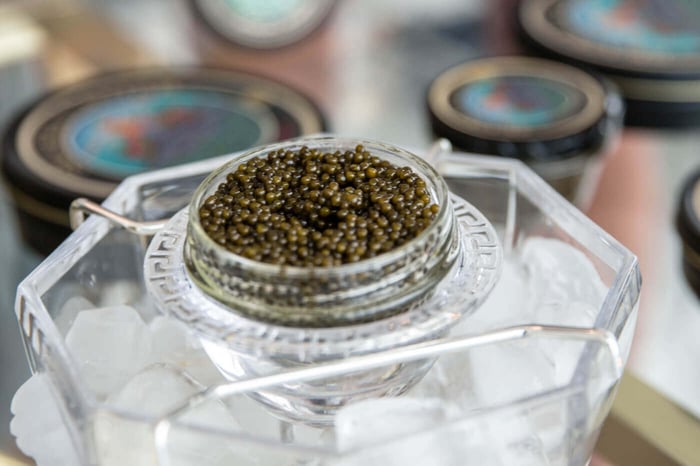
Cultural Significance and Culinary Artistry
Beyond its monetary value, caviar holds cultural significance in many parts of the world. In Russia, it is often served at celebrations and paired with vodka as a sign of hospitality and good fortune. Similarly, in Iran, caviar has been historically associated with royalty and refinement. The culinary artistry surrounding caviar, from proper pairing with champagne to its meticulous presentation, has elevated it from a simple food item to an art form. This blend of culture, tradition, and exclusivity reinforces its reputation as the ultimate luxury food.
The Future of Caviar and Sustainability
As sturgeon populations have declined due to overfishing and environmental challenges, the future of caviar production has shifted towards sustainability. Modern aquaculture methods have emerged, allowing for the farming of sturgeon in controlled environments. This approach not only ensures a steady supply of caviar but also helps protect wild sturgeon populations from extinction. While farmed caviar has made the delicacy more accessible, the highest-quality roe still commands premium prices, ensuring its association with luxury endures. The focus on sustainable practices further adds to its appeal among socially conscious consumers.
Conclusion
Caviar’s journey from ancient Persian tables to modern luxury events highlights its enduring status as a symbol of wealth and prestige. Rooted in history, scarcity, and cultural significance, caviar remains a cherished delicacy for those seeking the epitome of refinement. While evolving sustainability practices may broaden its reach, its association with exclusivity and sophistication is unlikely to fade. Whether served in royal courts or at high-society galas, caviar continues to captivate the world with its timeless allure.
About the Author
 Igor Fishbeyn - Caviar Purveyor
Igor Fishbeyn - Caviar Purveyor
Igor Fishbeyn is purveyor of fine sturgeon caviar and creator of the Skazka Caviar brand. He is an expert with decades of experience specializing in importing, wholesaling, and retailing the finest quality caviar in the world. Igor frequently writes about caviar news and various topics about the caviar industry. He lives in San Francisco with his wife and daughter.
Shop Skazka Caviar
Browse Our Exclusive Caviar Collection
“River Beluga” Kaluga Sturgeon Caviar
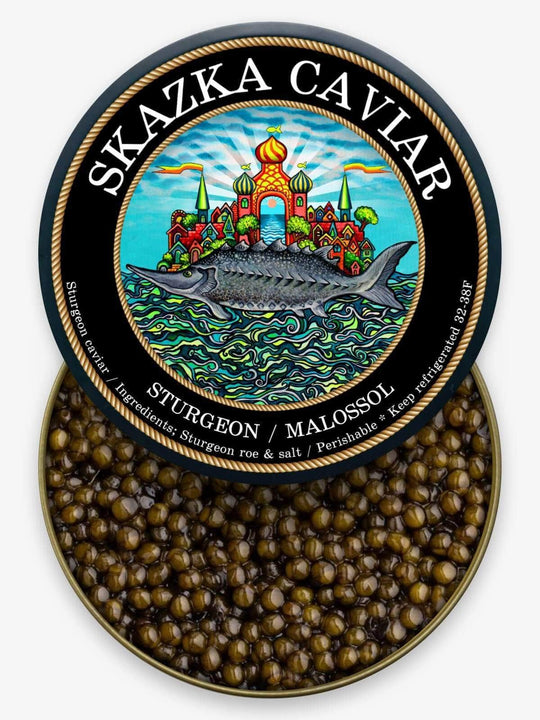
$295
$395
This large, robust caviar is a favorite of connoisseurs. Its firmness provides a satisfying texture that will keep you coming back for seconds and even thirds. Its luxurious chocolate brown color is perfectly evocative of its rich taste. Hints of… read more
“Oprah’s Favorite” Russian Osetra Caviar
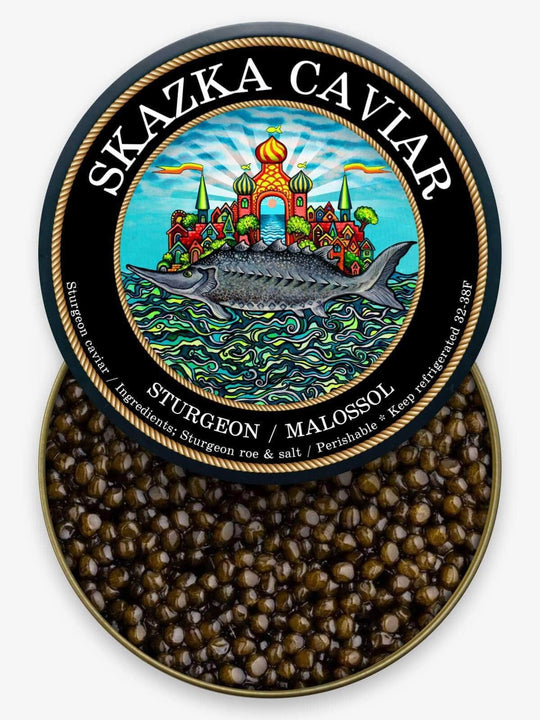
$295
$335
This medium-sized caviar is sure to be the star of any party or function you may throw. Its deep chocolate brown color is indicative of its rich and buttery flavor. Amber Osetra caviar has one of the cleanest tastes of any… read more
"Russian Czar" Beluga Sturgeon Caviar
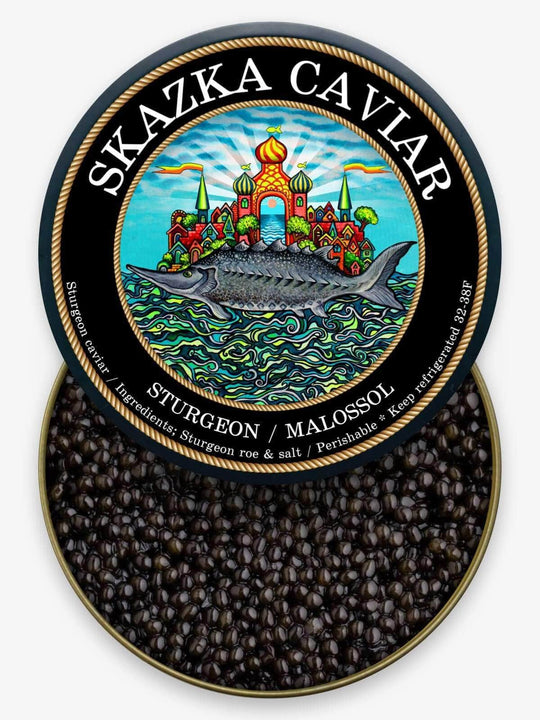
$495
$599
With an incomparable richness, “Russian Czar” Beluga Sturgeon Caviar is a knockout when it comes to fine caviar. Traditionally harvested in Russia, this caviar holds a tradition of greatness throughout history. With buttery notes that linger on the taste buds,… read more
“Tsar Reserve” Golden Osetra Caviar
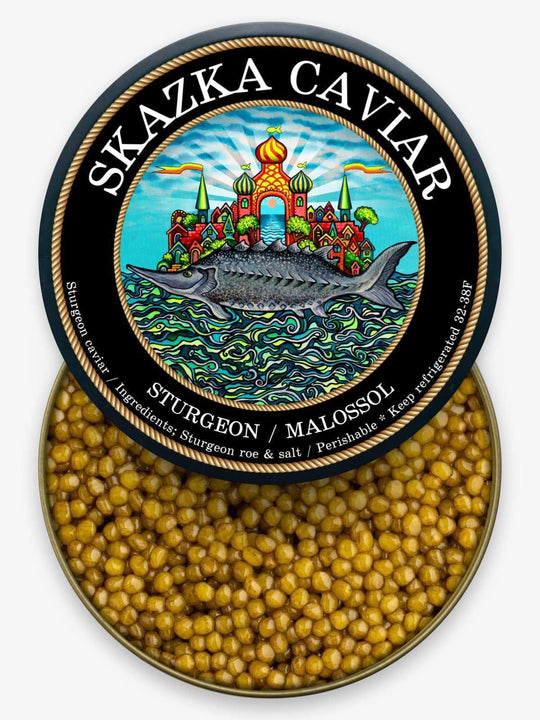
$395
Anyone with a taste for fine caviar will love “Royal Reserve” Golden Osetra Caviar. Its beautiful deep amber color is the first sign you’ll have that you’re in for something special, and once it hits your tongue you’ll know just… read more
Shop Caviar By Type
Shop Black Caviar | Shop Red Caviar | Shop Caviar Accessories
Shop Beluga Caviar | Shop Kaluga Caviar | Shop White Sturgeon Caviar
Shop Osetra Caviar | Shop Salmon Roe | Shop Albino Sturgeon Caviar

